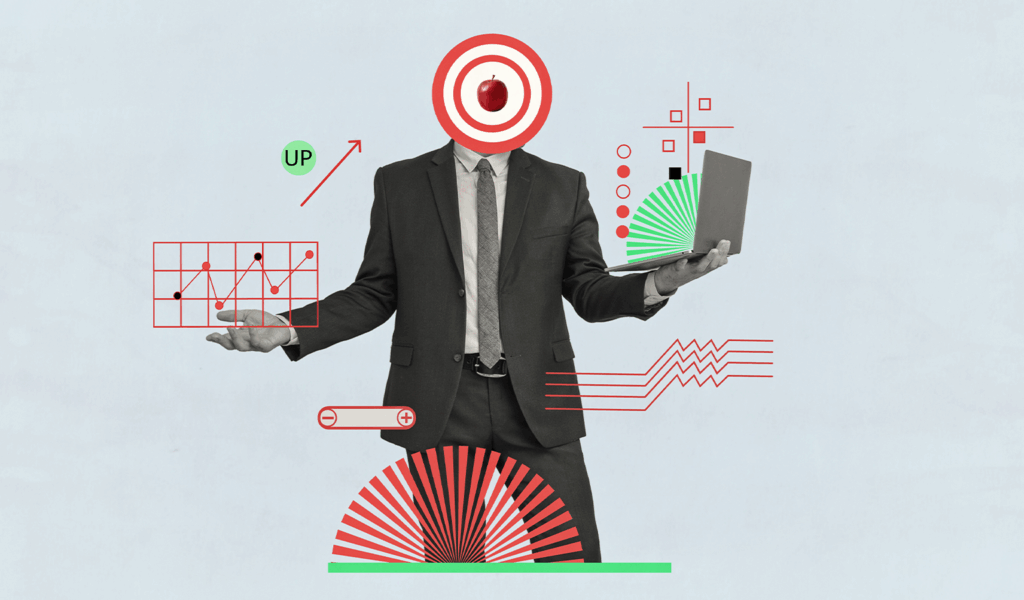buyer-personas
SiriusDecisions Summit 2019: Age of the Customer – Why it Matters
You hear it day-in and day-out from companies of all sizes and industries: “We are highly focused on our quality of customer service. Customer experience is something we take pride in.” It’s one thing to preach this, and it’s quite another to practice it.
Changing Buyer Behavior in the Information Age
Even being “highly focused on” customer service in today’s world is not enough. Technology has made it easier than ever for an organization to purchase solutions from vendors, regardless of geographic location or resources. Statistics show buyers perform their own research and are about 70% of the way through the buying process by the time they even speak to a vendor in today’s information age. By the time the first conversation is had with a potential customer, vendors can assume that the customer has researched them thoroughly and are intrigued by their offering. Despite buyers changing behavior, one thing has stayed the same: people purchase solutions from vendors that they trust.
Customer Obsession is the Path Forward
The importance of a strong relationship only heightens as technology continues to close the gap between the first conversation and purchase.
There is no time to waste, and no second chances.
Vendors must ensure they are strengthening the relationship in every interaction with the customer and adopting a truly consultative approach. Customer focus is no longer enough - it needs to be an obsession. Companies who learn to adopt a customer-obsessed approach will continue to grow and experience success.
Where Do I Start?
It starts with a change in mindset, followed by developing a strategy. Once you’ve decided you want to shift to a customer-obsessed revenue engine, you need to set up a plan for the entire revenue team. The first step is to rally all departments (sales, marketing, ops, sales enablement) around the goals and objectives set forth related to being obsessed with customer satisfaction. When putting the plan together, think about the tactical pieces of it that the frontline can control. Below are some examples.
- What should our communication cadence be with customers?
- How many individuals within the buying company should we strive to keep engaged?
- What should our emails look like? And how do we make them 100% customer-focused?
- How many people on our team should be engaged and building relationships with the customer?
- What buying personas should we be consistently engaging?
The list goes on and on. The important part is that you have a strategy made up of components that can be directly managed and controlled. Results-oriented goals are great, but they are hard to control. You can’t manage them. Lay out a strategy comprised of things your team can directly control, and the results will come.
Technology as a Tactic
Your strategy is formulated – now what? The plan still needs to be executed. This is where technology comes in. The right technology can give you the visibility to measure the tactical components you put forth as part of your strategy. See which reps are putting in the effort and keeping up with the desired activity cadences. Get insight into effectiveness with comprehensive email scoring that tells you how well the structure and language of emails match the ideal. Access a dashboard that will tell you the personas being engaged by your team, and see how well your team is utilizing the SMEs surrounding them. This kind of technology allows every customer interaction to be optimized and improved for the future. (See how we do it.)
The age of the customer is here – and it needs to be more than just a focus.











